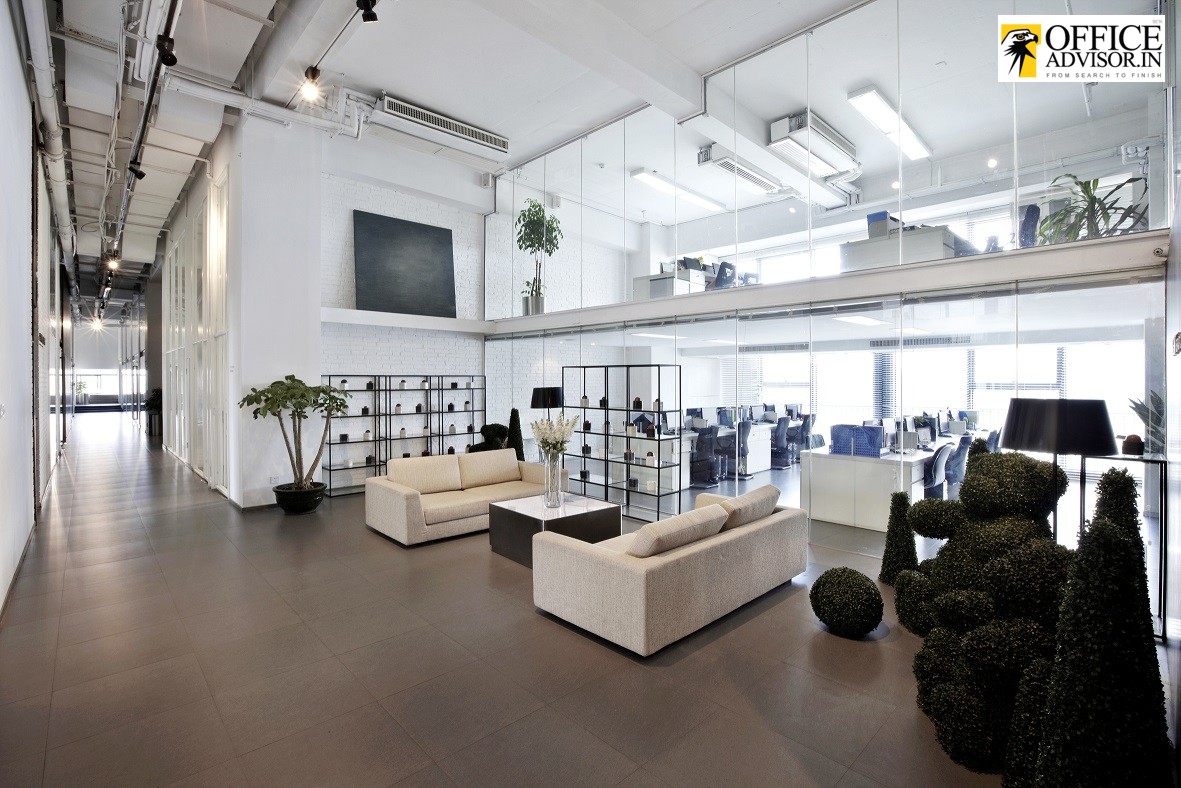Acoustics of a good workplace

There are many office spaces that work very well for the occupants and also help the owners meet their business goals successfully. But, there are many such spaces that do not succeed, and most of them have one common problem – bad acoustics. The most common way of recognising bad acoustics is being constantly distracted from conversations. Distracted employees are less productive, make more errors, and are not as satisfied with their work as they should be.
There are two tools that can help you combat the problem of acoustics in open work environments – sound absorbing materials and sound masking.
Sound Absorbing Materials
Absorbing materials reduce the number of sound waves ricocheting off a hard surface. Imagine a space that has an exposed concrete structure above, has windows around the perimeter, and has a polished concrete floor. The waves of the sounds made by our speech bounce off one hard surface onto another. In such cases, if one employee talks over the phone, the employee sitting next to him will talk louder in order to be heard. This will continue until the place sounds like a call centre and it becomes impossible to concentrate.
You can use a high performance acoustical ceiling tile with a Noise Reduction Coefficient (NRC) rating of 75 or more that will absorb a significant amount of sound waves in space. The NRC rating is a measure of the percentage of sound that a material absorbs and keeps from bouncing back into the space. High NRC ceiling tiles should be avoided in places like conference rooms. Here, you can use mineral boards that can act as a lid to contain sound.
If your design plan does not include ceiling, then you can use absorptive materials in many creative ways.
Sound Masking
Using sound absorbing materials is just one part of the whole deal. Most commercial office buildings have a very low level of background sound. This is a result of extremely efficient HVAC systems coupled with solid exterior insulation. It becomes very difficult to concentrate in a place that is very quiet, for a whisper can be heard loudly and clearly across the room. In a wide environment, you can reduce the distance at which conversations can be heard and understood with the help of a well – tuned sound masking system.
Sound masking is actually a uniform background sound. If you elevate the ambient noise level slightly, it becomes impossible to hear conversations at a distance. A lot of people describe it as soft, rushing air. A sound masking system has a network of speakers that are placed above the ceiling, and are suspended from an exposed structure or under raised access flooring. If done properly, your employees will not be able to find out where the sound is coming from.
This way, employees can work together with ease, and yet, it does not distract those who are working around them.
Workplace trends keep changing, but the open – office trend seems to be here to stay.
Add Comment







